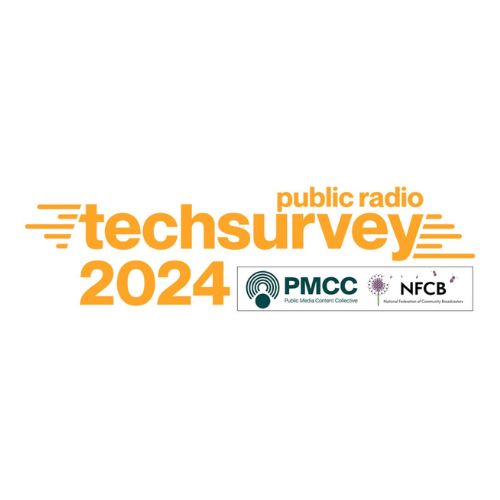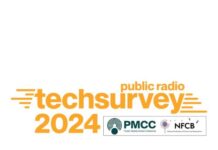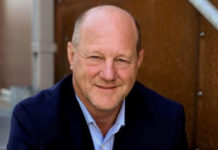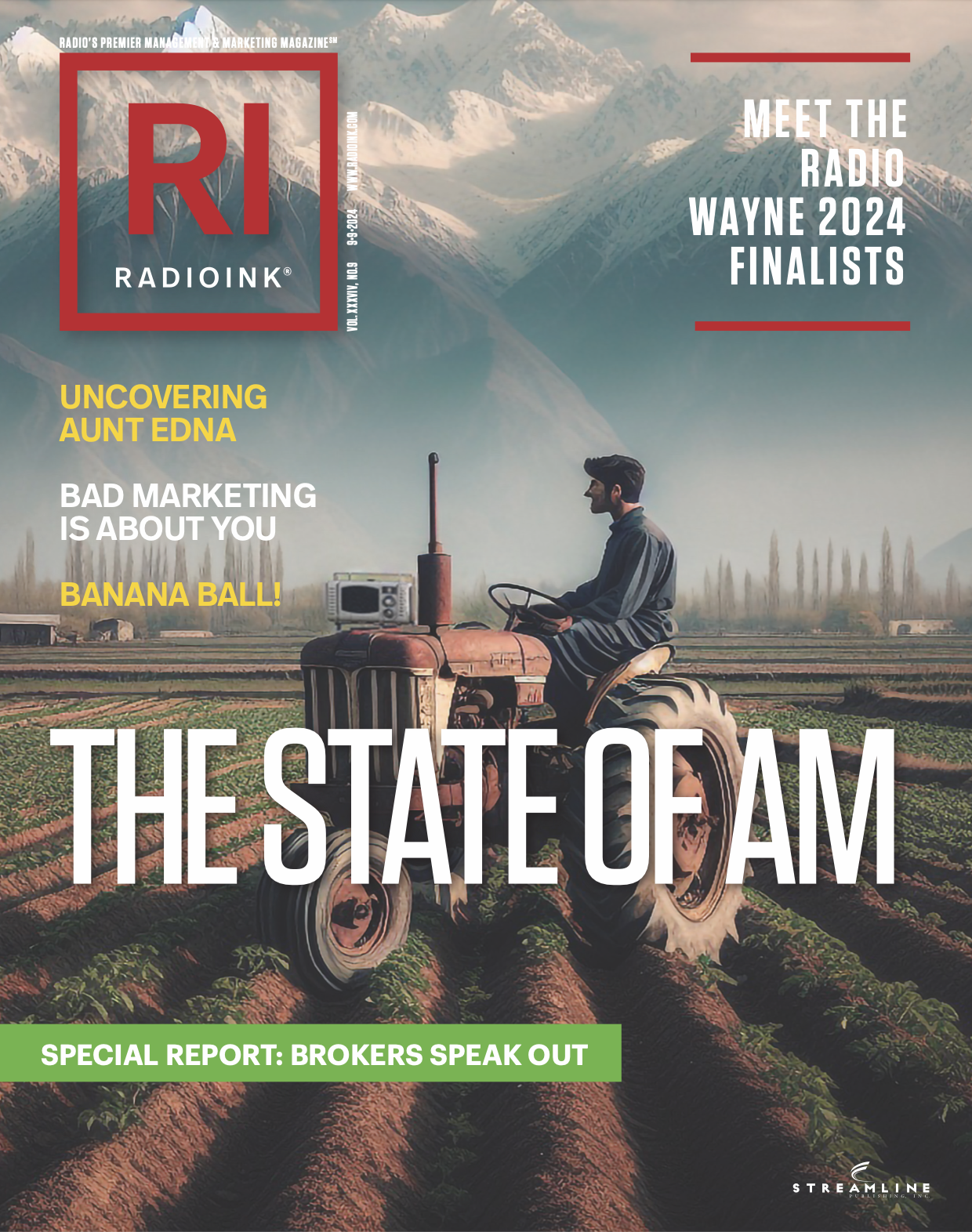
Throughout 2024, public radio has felt the brutal sting of layoffs, closures, and budget crunches. Now Jacobs Media President Fred Jacobs might have some answers as to how to get the sector back on track in the group’s annual Public Radio Techsurvey.
In conjunction with the Public Media Content Collective, 62 US public radio stations and 22,208 respondents participated. The interviews were conducted online from June 11 to July 15, with data weighted to Nielsen 2024 market population sizes and demographics.
It is important to note that this is a web-based survey and does not represent all public radio listeners or each station’s full audience. The survey is not stratified to the U.S. population and predominantly reflects public radio core users.
Public radio’s audience continues to age, with new data revealing that the average listener is now 65.5 years old, up from 63.3 years in 2021. Listeners in the 55-64 age range have remained relatively stable, comprising about 21-23% of the audience while younger demographics have seen continued decline. Only 1% of public radio listeners are aged 18-24, and the 25-34 group represents just 2%.
The largest portion of listeners, about 32%, tune in for 2-3 hours per day. Meanwhile, 18% of listeners spend just 1 hour per day with AM/FM radio, and 12% listen for less than an hour. Interestingly, 7% of core public radio fans report not listening at all, while 8% tune in for more than 8 hours daily.
News/Talk listeners, in particular, are more likely to listen for less than an hour. Similarly, Millennials are also showing a marked increase in minimal listening, with 32% tuning in for under an hour.
While there is pronounced news fatigue among public radio’s audience, interest in local news remains robust. About 54% of respondents express strong interest in “local news events and happenings from where you live,” ranking just behind national news at 59%. “The younger you are, the more important the local scene, the local environment happens to be,” Jacobs noted.
The most desired local content includes investigative reporting on important local issues, timely local elections coverage, and local environmental issues.
Techsurvey found that digital listening now accounts for 41% of all public radio listening, up from 36% last year. Conversely, traditional broadcast listening has declined from 59% to 55%. Over the past decade, broadcast listening has decreased from 83% to 55%, while digital has more than doubled from 16% to 41%.
Behind much of the digital growth is mobile app adoption. 43% of respondents having downloaded their favorite station’s app – up from 32% pre-pandemic. Besides just streaming the station, top app uses include accessing the news feed and making a donation.
On the topic of donating, traditional fundraising drives were shown to be losing effectiveness due to listener fatigue. While 46% stick with the station during fund drives, 54% either switch between stations or stop listening altogether. Top listener complaints about fund drives were repetition of messages and feeling there’s less reason to listen after donating.
Jacobs suggested exploring alternative fundraising methods, such as “round-up” programs, where customers can round up their purchases to support the station. About 43% indicated they would participate at least half of the time.
Finally, with the upcoming election, stations must also be mindful of listener sensitivities. While 70% plan to follow the election very closely, about 25% are repelled by repetitive, “conventional” election coverage.
While core values remain a concern, Public Radio Techsurvey 2024 shows a clear shift toward digital consumption and a desire for more localized content. By addressing news fatigue, embracing digital platforms, and reimagining fundraising strategies, public radio can ideally engage and grow its audience in an increasingly competitive media landscape.






